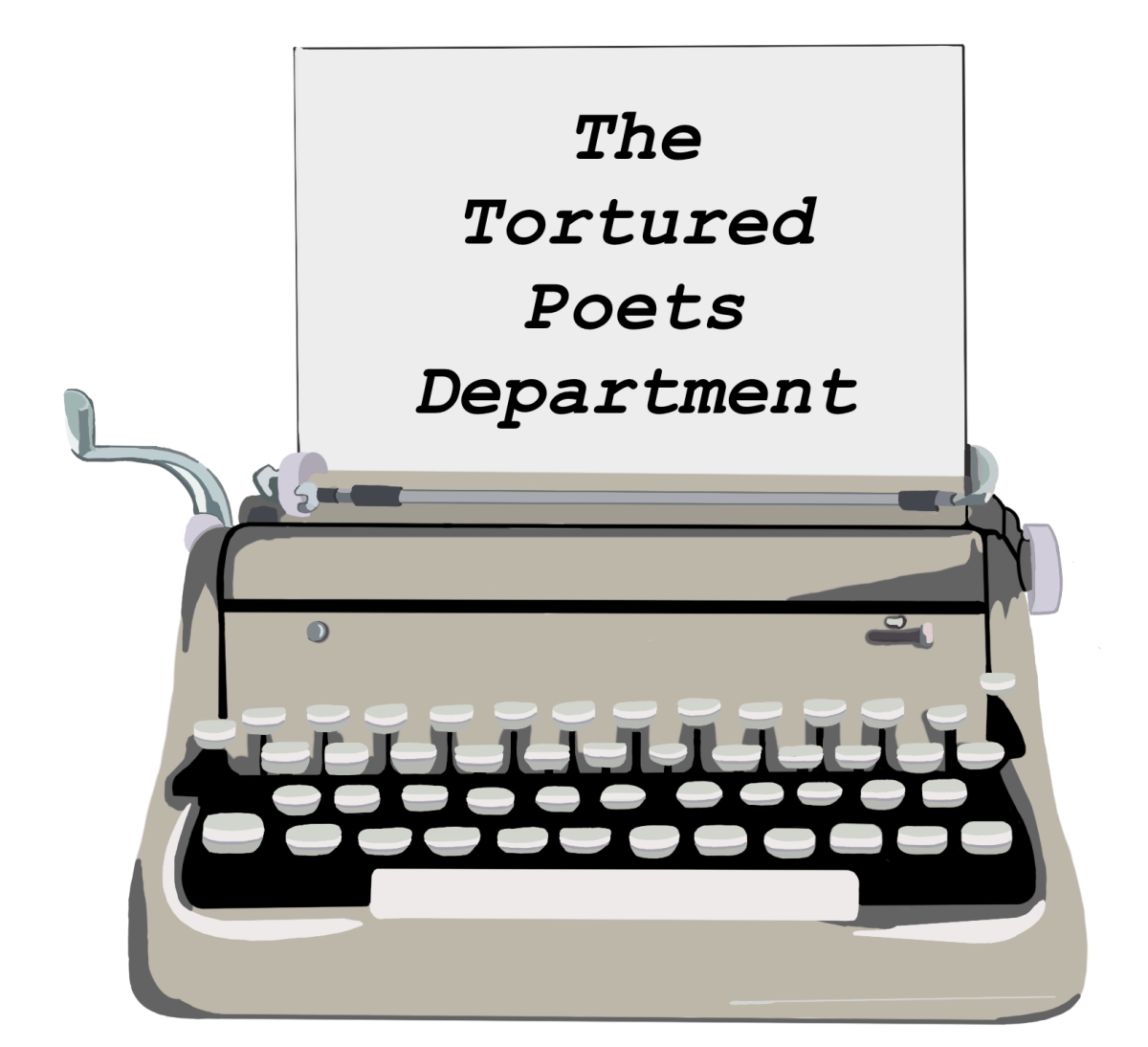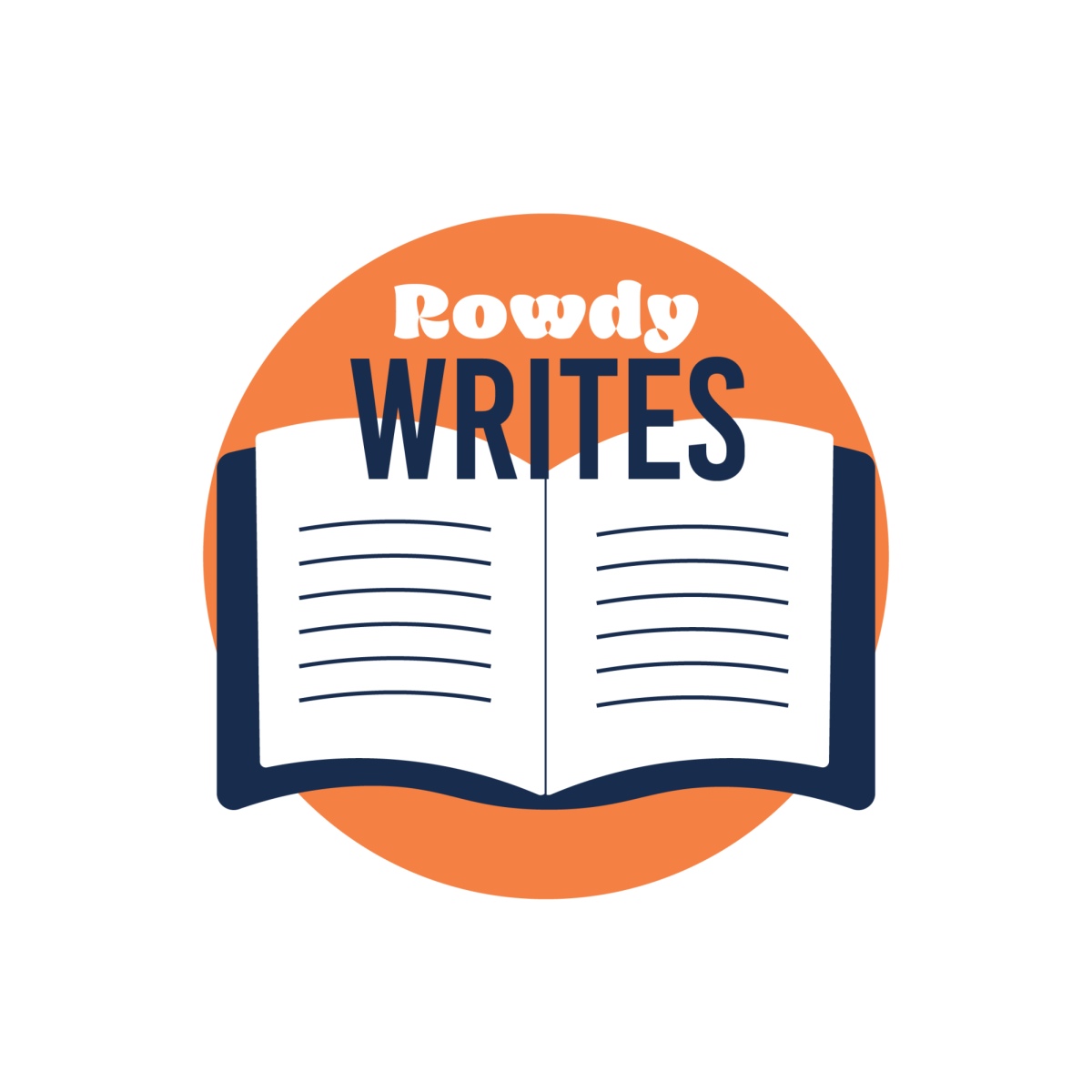Although “The Perks of Being a Wallflower” is overly simplistic in language and envelopes the essence of J.D. Salinger’s “The Catcher in the Rye” all too much, Stephen Chbosky’s novel has garnered international recognition since its initial release in 1999 by MTV Books. “The Perks of Being a Wallflower” has made the list of books that contain “objectionable” content and is officially a banned book in many high schools.
Chbosky penned the novel in epistolary format and introduces readers to Charlie, an introverted high school student who begins to write several letters to an anonymous friend. In his letters, Charlie reveals the life experiences that he, his friends,and family encounter, such as suicide, abortion, sex, homosexuality, molestation, drugs, depression and underage drinking.
When Charlie befriends two high school seniors named Sam and Patrick, he is introduced and immediately accepted into a small circle of friends. Charlie values his new close-knit family and is proud and emotionally moved when they call him a wallflower.
Although the novel is controversially charged, Chbosky creates a realistic story full of experiences that most readers will encounter or at least think about at some point in their lives. Chbosky has also accurately depicted the love/hate relationship that families often tend to embody. Charlie loves his dad, but his father is standoffish towards his son, most likely due to the fact that Charlie used to kiss a young boy as a curious child. So Charlie revels in the rare moments when he is able to make a connection with his father, especially during the finale of the television series M*A*S*H.
An aspect about “Perks” that is uncommon in most literature is the fact that there isn’t a villain in the story. As the novel tries to give a realistic interpretation of the life of a loner high school teenager, Chbosky didn’t rely on a villain that would be used as the person who throws a wrench in the storyline. Although there are characters who make cruel remarks or make irresponsible choices that negatively affect other characters, no character in “Perks” is truly bad and evil-spirited. The characters are organic and often see faults in their own decisions and try to make sense of why they make these particular choices.
An interesting aspect of the novel is the use of pop culture that Chbosky has incorporated into the story. The story is given more personality and attainability because the reader is able to relate to the music, books and films that the characters occupy themselves with, such as The Smiths, “It’s a Wonderful Life” and “The Fountainhead.” Charlie and his friends also enjoy performing renditions of the cult film “The Rocky Horror Picture Show” every Friday, which becomes a reoccurring form of catharsis to them.
The film adaptation of “The Perks of Being a Wallflower” is currently in post-production with a cast that includes Logan Lermer as Charlie, Emma Watson as Sam and Paul Rudd as Charlie’s teacher, Bill; the screenplay was written by Stephen Chbosky.











